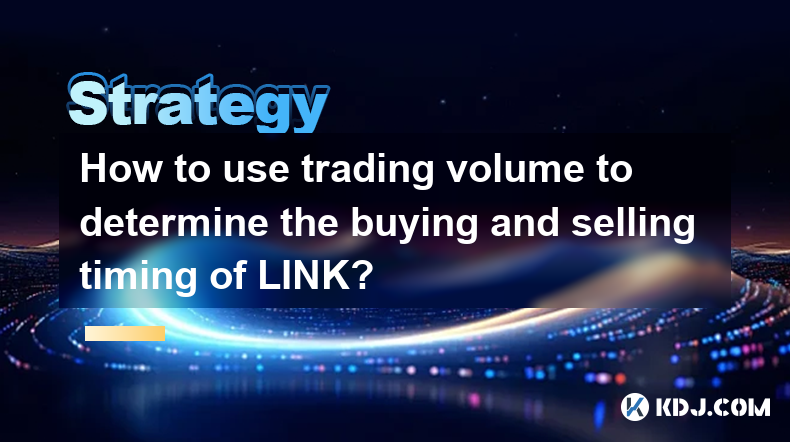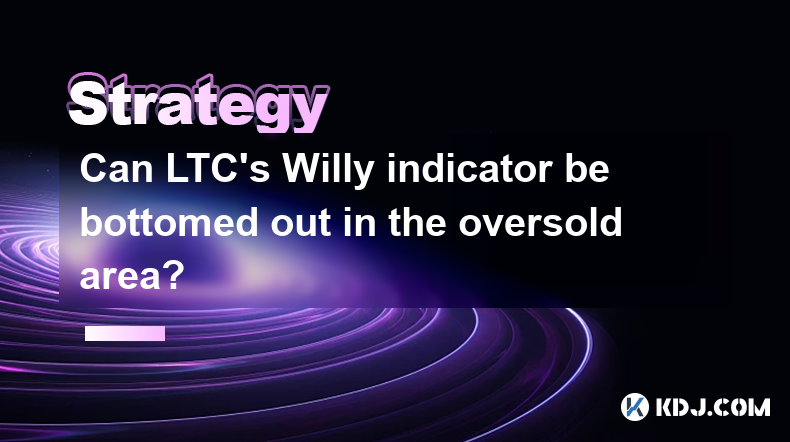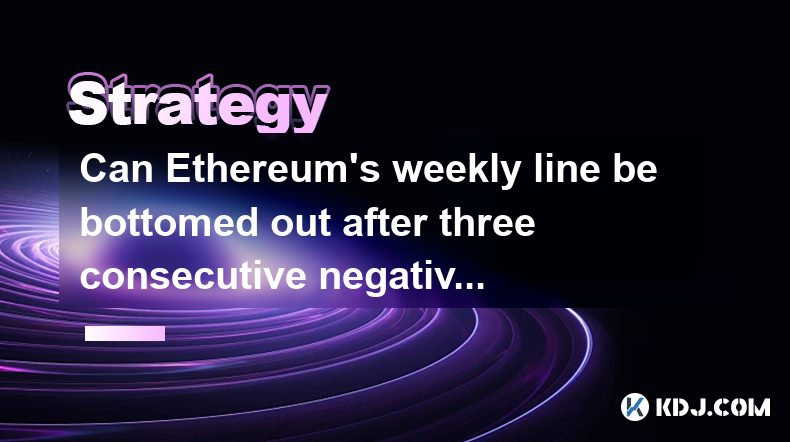-
 Bitcoin
Bitcoin $93,125.7633
-0.06% -
 Ethereum
Ethereum $1,750.3024
-1.97% -
 Tether USDt
Tether USDt $1.0003
0.01% -
 XRP
XRP $2.1763
-1.32% -
 BNB
BNB $600.2434
-0.95% -
 Solana
Solana $151.2612
1.15% -
 USDC
USDC $1.0000
0.00% -
 Dogecoin
Dogecoin $0.1792
2.26% -
 Cardano
Cardano $0.7077
2.69% -
 TRON
TRON $0.2435
-0.63% -
 Sui
Sui $3.3164
10.34% -
 Chainlink
Chainlink $14.8274
0.34% -
 Avalanche
Avalanche $21.8977
-0.94% -
 Stellar
Stellar $0.2758
4.75% -
 UNUS SED LEO
UNUS SED LEO $9.2098
0.47% -
 Shiba Inu
Shiba Inu $0.0...01375
3.37% -
 Toncoin
Toncoin $3.1774
0.97% -
 Hedera
Hedera $0.1851
3.78% -
 Bitcoin Cash
Bitcoin Cash $352.0123
-3.33% -
 Polkadot
Polkadot $4.2501
5.36% -
 Litecoin
Litecoin $83.3326
0.30% -
 Hyperliquid
Hyperliquid $18.5165
1.04% -
 Dai
Dai $1.0001
0.02% -
 Bitget Token
Bitget Token $4.4083
-2.21% -
 Ethena USDe
Ethena USDe $0.9996
0.02% -
 Pi
Pi $0.6526
-0.33% -
 Monero
Monero $228.0417
-0.47% -
 Pepe
Pepe $0.0...08640
0.09% -
 Uniswap
Uniswap $5.7334
-3.22% -
 Aptos
Aptos $5.3661
0.94%
What to do when LTC's Taker buy-sell ratio is unbalanced?
An unbalanced Taker buy-sell ratio for Litecoin can signal market shifts; traders should monitor it closely and use strategies like trend following and risk management to navigate these conditions effectively.
Apr 23, 2025 at 07:22 pm

When the Taker buy-sell ratio for Litecoin (LTC) becomes unbalanced, it's essential to understand what this means and how it can affect your trading decisions. The Taker buy-sell ratio is a metric that indicates the proportion of buy orders to sell orders executed at the market price. An unbalanced ratio can signal potential shifts in market sentiment and price movements. In this article, we will explore the implications of an unbalanced Taker buy-sell ratio for LTC and provide strategies to navigate such situations effectively.
Understanding the Taker Buy-Sell Ratio
The Taker buy-sell ratio is a crucial indicator in the cryptocurrency market. It measures the volume of buy orders (takers) compared to sell orders (takers) that are executed at the market price. When this ratio is unbalanced, it means that either the buying or selling pressure is significantly higher than the other. For LTC, an unbalanced ratio can indicate that the market is leaning towards either bullish or bearish sentiment.
Identifying an Unbalanced Ratio
To identify an unbalanced Taker buy-sell ratio for LTC, you need to monitor the ratio over time. A ratio significantly deviating from 1:1 indicates an imbalance. For instance, a ratio of 2:1 means there are twice as many buy orders as sell orders, suggesting strong buying pressure. Conversely, a ratio of 1:2 indicates strong selling pressure.
- Check trading platforms: Most reputable exchanges provide real-time data on the Taker buy-sell ratio. Platforms like Binance, Coinbase, and Kraken offer this information in their trading interfaces.
- Use analytical tools: Tools like TradingView and Coinigy can help you track and analyze the Taker buy-sell ratio over different time frames.
Implications of an Unbalanced Ratio
An unbalanced Taker buy-sell ratio can have several implications for LTC's price and market dynamics. Understanding these implications is crucial for making informed trading decisions.
- Price movement: An unbalanced ratio with more buy orders can lead to upward price pressure, potentially causing the price of LTC to rise. Conversely, a higher number of sell orders can push the price down.
- Market sentiment: An unbalanced ratio can reflect the overall market sentiment. A high buy-sell ratio might indicate bullish sentiment, while a low ratio could signal bearish sentiment.
- Liquidity: An unbalanced ratio can affect the liquidity of LTC. High buying or selling pressure can lead to increased volatility and wider bid-ask spreads.
Strategies for Trading with an Unbalanced Ratio
When the Taker buy-sell ratio for LTC is unbalanced, traders can employ various strategies to capitalize on the situation or mitigate risks. Here are some effective strategies:
- Trend following: If the ratio indicates strong buying pressure, consider entering a long position to ride the upward trend. Conversely, if the ratio shows strong selling pressure, a short position might be beneficial.
- Mean reversion: Some traders believe that an unbalanced ratio will eventually revert to the mean. If the ratio is significantly high or low, you might consider betting on a return to balance.
- Scalping: In highly volatile conditions caused by an unbalanced ratio, scalping can be profitable. This involves making quick trades to capitalize on small price movements.
- Risk management: Always use stop-loss orders to protect your positions from adverse price movements. An unbalanced ratio can lead to sudden price swings, so managing risk is crucial.
Monitoring and Adjusting Your Strategy
Monitoring the Taker buy-sell ratio for LTC is an ongoing process. As market conditions change, you may need to adjust your trading strategy accordingly. Here are some steps to help you stay on top of the situation:
- Regularly check the ratio: Keep an eye on the Taker buy-sell ratio throughout the trading day. Use alerts on trading platforms to notify you of significant changes.
- Analyze other indicators: Don't rely solely on the Taker buy-sell ratio. Combine it with other technical indicators like moving averages, RSI, and volume to get a comprehensive view of the market.
- Adjust your positions: If the ratio shifts significantly, consider adjusting your positions. For example, if a previously high buy-sell ratio starts to decline, it might be time to take profits or reduce your exposure.
Using Technical Analysis to Complement the Ratio
Technical analysis can provide additional insights when the Taker buy-sell ratio for LTC is unbalanced. Here are some technical indicators that can complement your analysis:
- Moving averages: Use moving averages to identify trends. A rising moving average can confirm a bullish trend indicated by a high buy-sell ratio.
- Relative Strength Index (RSI): The RSI can help you gauge whether LTC is overbought or oversold. An overbought RSI combined with a high buy-sell ratio might suggest a potential reversal.
- Volume: High trading volume can confirm the strength of the buying or selling pressure indicated by the Taker buy-sell ratio.
Practical Example of Trading with an Unbalanced Ratio
Let's walk through a practical example of how to trade LTC when the Taker buy-sell ratio is unbalanced. Suppose you notice that the ratio is currently at 3:1, indicating strong buying pressure.
- Analyze the market: Check other indicators like moving averages and RSI to confirm the bullish trend.
- Enter a long position: If the indicators align with the high buy-sell ratio, consider entering a long position on LTC.
- Set a stop-loss: Place a stop-loss order to protect your position from sudden price drops.
- Monitor the ratio: Keep an eye on the Taker buy-sell ratio. If it starts to decline, consider taking profits or adjusting your stop-loss.
Frequently Asked Questions
Q: Can the Taker buy-sell ratio be manipulated by large traders?
A: Yes, large traders or "whales" can influence the Taker buy-sell ratio by executing large buy or sell orders. However, such manipulation is usually short-lived, and the market tends to correct itself over time.
Q: How often should I check the Taker buy-sell ratio for LTC?
A: It depends on your trading style. Day traders might check the ratio multiple times throughout the day, while swing traders might monitor it less frequently, perhaps once or twice a day.
Q: Is the Taker buy-sell ratio the only indicator I should use for trading LTC?
A: No, the Taker buy-sell ratio should be used in conjunction with other technical and fundamental indicators to make well-informed trading decisions. Relying on a single indicator can lead to misinterpretations of market conditions.
Q: Can the Taker buy-sell ratio predict long-term price movements for LTC?
A: The Taker buy-sell ratio is more useful for short-term trading decisions. While it can provide insights into immediate market sentiment, it is not a reliable predictor of long-term price movements.
Disclaimer:info@kdj.com
The information provided is not trading advice. kdj.com does not assume any responsibility for any investments made based on the information provided in this article. Cryptocurrencies are highly volatile and it is highly recommended that you invest with caution after thorough research!
If you believe that the content used on this website infringes your copyright, please contact us immediately (info@kdj.com) and we will delete it promptly.
- SEC Delays Decision On Canary Capital's HBAR Exchange-Traded Fund
- 2025-04-25 10:50:12
- BlockDAG (BDAG) Flips the Script, Resetting Price Ahead of Mainnet Launch
- 2025-04-25 10:50:12
- NYU professor Scott Galloway on Thursday detailed a “transnational oligarchy”
- 2025-04-25 10:45:12
- Zypher Network Partners with DeAgent AI to Redefine the Future of Decentralized Intelligence
- 2025-04-25 10:45:12
- LBank Explores the Possible Resurgence of the Meme Coin Market as a Leading Crypto Narrative
- 2025-04-25 10:40:12
- Trump's Poll Numbers Might Be Sinking — But His Crypto Coin and Media Empire Are On The Rise
- 2025-04-25 10:40:12
Related knowledge

What does the surge in SOL's cross-chain bridge inflows represent?
Apr 25,2025 at 09:00am
The recent surge in SOL's cross-chain bridge inflows represents a significant trend within the cryptocurrency ecosystem, particularly for Solana (SOL). This phenomenon highlights increased activity and interest in moving assets from other blockchains to Solana, indicating growing confidence in its network and ecosystem. Cross-chain bridges are essential...

Is the increase in LINK's net outflow from exchanges a positive signal?
Apr 24,2025 at 02:35pm
The recent increase in LINK's net outflow from exchanges has sparked discussions within the cryptocurrency community about its implications for the token's future performance. LINK, the native token of the Chainlink decentralized oracle network, has seen a notable shift in its net outflow from exchanges, which many interpret as a positive signal. This a...

Is LTC's UTXO age distribution useful for judging buying and selling points?
Apr 23,2025 at 05:42pm
Is LTC's UTXO age distribution useful for judging buying and selling points? Understanding the UTXO (Unspent Transaction Output) age distribution of Litecoin (LTC) can provide valuable insights into the behavior of its holders and potentially help in making informed decisions about buying and selling points. The UTXO age distribution refers to the age o...

How to use trading volume to determine the buying and selling timing of LINK?
Apr 25,2025 at 02:07am
How to Use Trading Volume to Determine the Buying and Selling Timing of LINK? Trading volume is a crucial metric in the cryptocurrency market that can provide valuable insights into the buying and selling behavior of traders. When it comes to Chainlink (LINK), understanding how to analyze trading volume can help you make more informed decisions about wh...

Can LTC's Willy indicator be bottomed out in the oversold area?
Apr 24,2025 at 01:43pm
Understanding the Willy IndicatorThe Willy indicator, also known as the Willy ratio, is a technical analysis tool used in the cryptocurrency market to gauge the sentiment of a particular asset, in this case, Litecoin (LTC). It is calculated by dividing the total trading volume of an asset by its market capitalization. The resulting ratio helps traders u...

Can Ethereum's weekly line be bottomed out after three consecutive negatives?
Apr 24,2025 at 10:56am
In the dynamic world of cryptocurrencies, understanding market trends and patterns is crucial for investors and traders alike. One of the significant aspects of technical analysis in this field is the examination of weekly line charts, particularly for major cryptocurrencies like Ethereum. The question of whether Ethereum's weekly line can be bottomed o...

What does the surge in SOL's cross-chain bridge inflows represent?
Apr 25,2025 at 09:00am
The recent surge in SOL's cross-chain bridge inflows represents a significant trend within the cryptocurrency ecosystem, particularly for Solana (SOL). This phenomenon highlights increased activity and interest in moving assets from other blockchains to Solana, indicating growing confidence in its network and ecosystem. Cross-chain bridges are essential...

Is the increase in LINK's net outflow from exchanges a positive signal?
Apr 24,2025 at 02:35pm
The recent increase in LINK's net outflow from exchanges has sparked discussions within the cryptocurrency community about its implications for the token's future performance. LINK, the native token of the Chainlink decentralized oracle network, has seen a notable shift in its net outflow from exchanges, which many interpret as a positive signal. This a...

Is LTC's UTXO age distribution useful for judging buying and selling points?
Apr 23,2025 at 05:42pm
Is LTC's UTXO age distribution useful for judging buying and selling points? Understanding the UTXO (Unspent Transaction Output) age distribution of Litecoin (LTC) can provide valuable insights into the behavior of its holders and potentially help in making informed decisions about buying and selling points. The UTXO age distribution refers to the age o...

How to use trading volume to determine the buying and selling timing of LINK?
Apr 25,2025 at 02:07am
How to Use Trading Volume to Determine the Buying and Selling Timing of LINK? Trading volume is a crucial metric in the cryptocurrency market that can provide valuable insights into the buying and selling behavior of traders. When it comes to Chainlink (LINK), understanding how to analyze trading volume can help you make more informed decisions about wh...

Can LTC's Willy indicator be bottomed out in the oversold area?
Apr 24,2025 at 01:43pm
Understanding the Willy IndicatorThe Willy indicator, also known as the Willy ratio, is a technical analysis tool used in the cryptocurrency market to gauge the sentiment of a particular asset, in this case, Litecoin (LTC). It is calculated by dividing the total trading volume of an asset by its market capitalization. The resulting ratio helps traders u...

Can Ethereum's weekly line be bottomed out after three consecutive negatives?
Apr 24,2025 at 10:56am
In the dynamic world of cryptocurrencies, understanding market trends and patterns is crucial for investors and traders alike. One of the significant aspects of technical analysis in this field is the examination of weekly line charts, particularly for major cryptocurrencies like Ethereum. The question of whether Ethereum's weekly line can be bottomed o...
See all articles
























































































